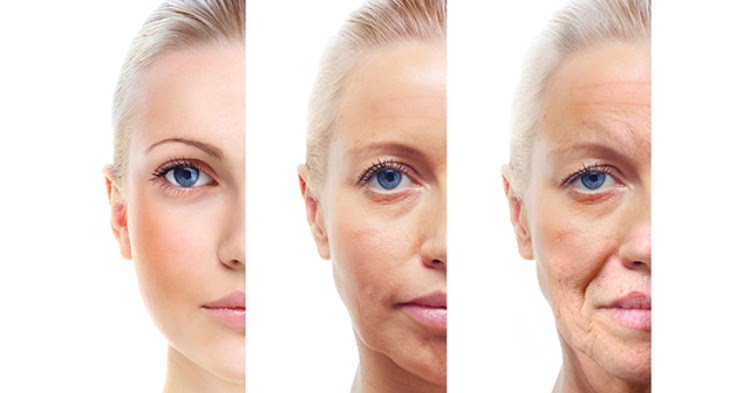With age can come wrinkles, fine lines, crow’s feet, sagging, and age spots. While growing older can cause changes to your skin, your lifestyle choices can also affect its health and appearance.
Your skin is susceptible to various types of damage throughout the years; you can develop skin problems due to excessive sun exposure, a bad diet, smoking, scaring, harsh weather, and a lack of self-care. Also, genetics can play a role in your complexion as you grow older.
If you would like to effectively care for your skin, you need to understand the potential problems you could experience. Continue reading to learn how the skin changes as you age.
Natural Skin Changes
Despite your genetics or lifestyle choices, there are natural changes in the skin that most people will experience as they age.
For example, your skin will become rougher, lose elastic tissue due to reduced collagen production, and experience thinning of the surface layer. As a result, your skin will become more fragile and transparent with age, and you will likely bruise easier due to thin blood vessel walls.
Yet, there are treatments available to help you maintain a youthful appearance. For example, learn about the best Botox treatment to create visibly smoother skin within 24 to 48 hours.
Below the Surface Changes
Changes will also occur beneath the skin’s surface, which will affect your appearance as you grow older.
For example, most people will experience a loss of fat underneath the skin in their temples, cheeks, nose, chin, and surrounding the eyes. Many people can then develop sunken eyes, loose skin, and a gaunt complexion.
Other surface changes can develop after 60, such as bone loss around the mouth or chin and cartilage loss in the nose.
Gradual Sun Damage
If you want to avoid fine lines and wrinkles as you grow older, you must protect your skin from the sun’s harmful ultraviolet (UV) rays. As much as you might love a sun-kissed complexion, UV rays can break down the skin’s elastin fibers, which can lead to sagging and stretching.
It is important to note that sun damage will often not appear on your skin while you’re young, but the fiber breakdown will show on your face as you grow older.
Protect your skin by:
- Applying a sunscreen of at minimum 30 SPF daily
- Wearing a hat
- Staying out of the sun during peak hours
- Covering your skin from the sun
While there is no way to reverse sun damage, treatments are available to eradicate damage, from cosmetic injectables to skin rejuvenating procedures.
Changes Due to Poor Lifestyle Choices
Your lifestyle choices will determine your appearance as you grow older. For example, smokers tend to develop more wrinkles than non-smokers who are the same age and have the same sun exposure history and complexion.
Also, you’re more likely to experience stretching, sagging skin if you’re obese, and the health issue can even cause skin tags, stretch marks, varicose veins, and dark patches to develop. Protect your skin from aging by maintaining a healthy, active lifestyle and quit smoking for good.




